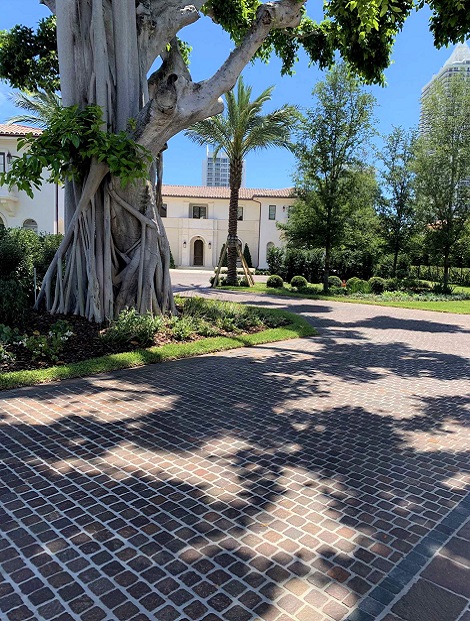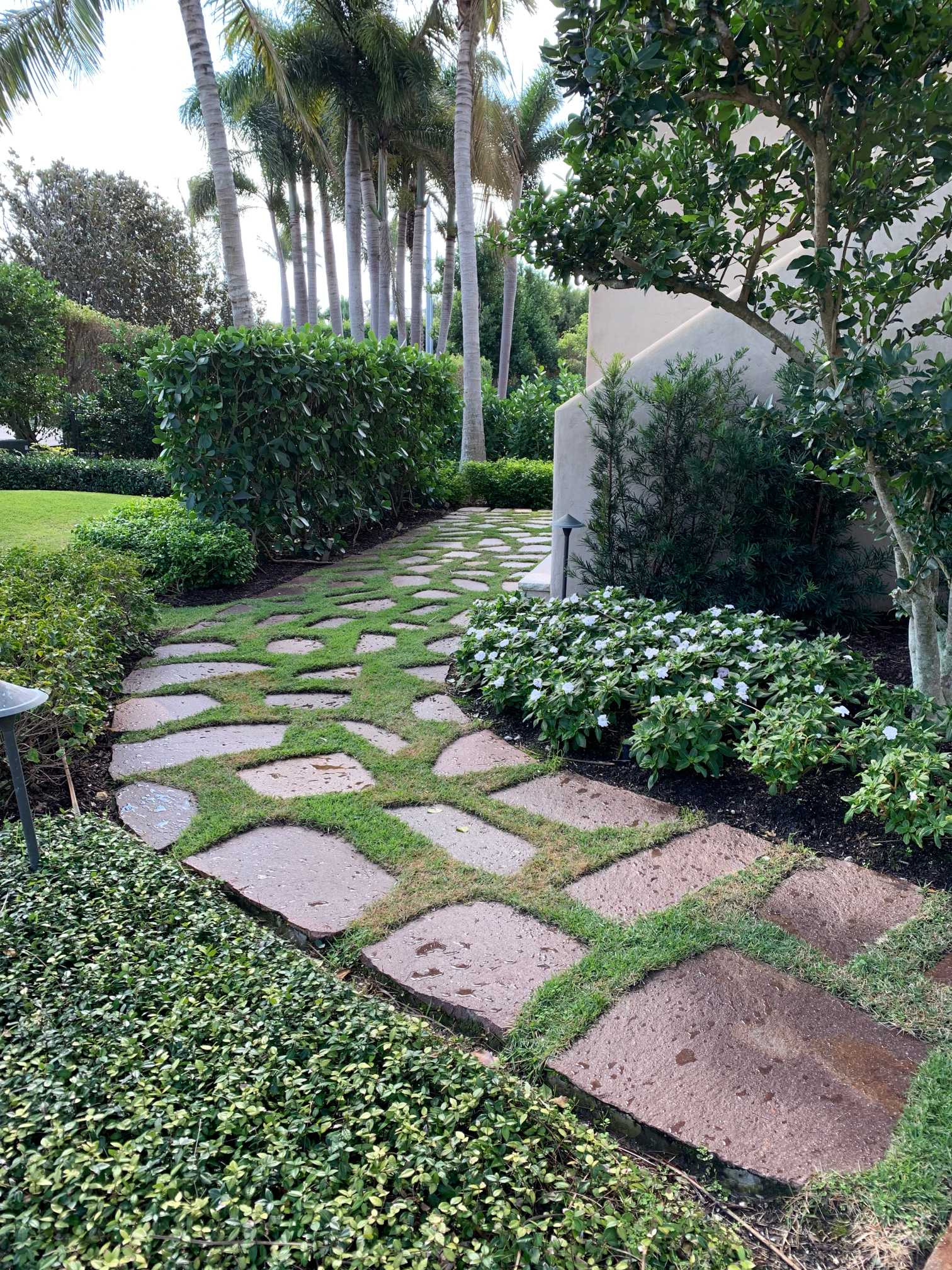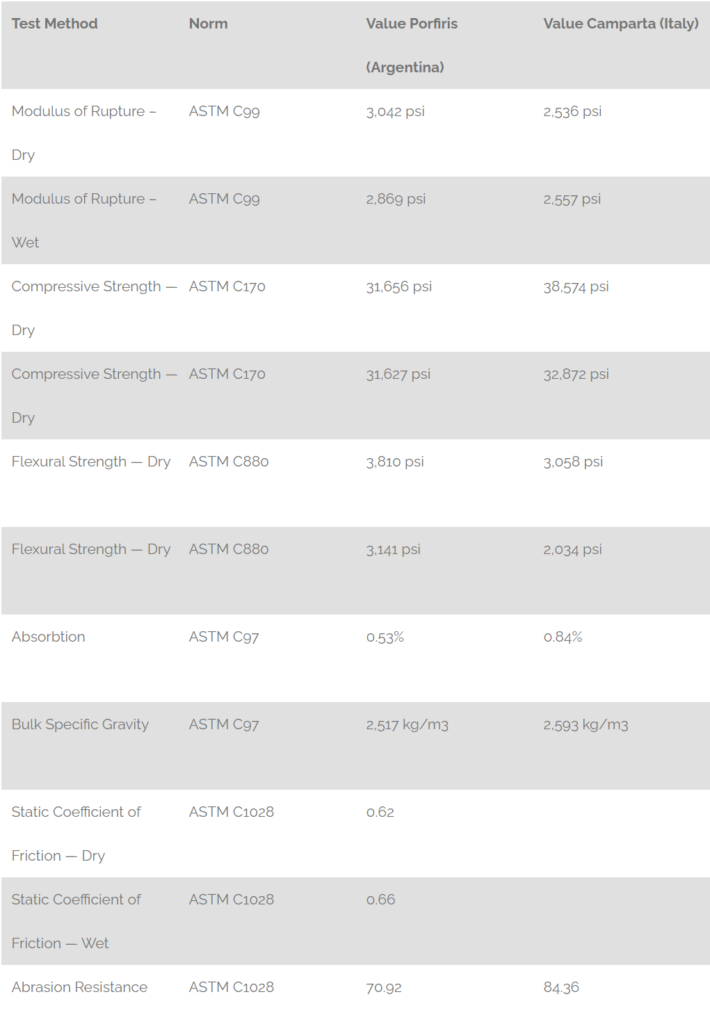NATURAL SURFACE
Porphyry stone

History
The use and the knowledge of the Porphyry Stone dates back many centuries.
Important relics and monuments in porphyry have been discovered at Assyrian, Babylonian, Egyptian and Roman sites. The cradles of our civilization… more than 3.000 years ago…
Its name comes from the Latin word “porphyra”, which means purple red color, which in history has always been a symbol of prominence and royal circumstance.
In the Roman age, porphyry stone was believed to give good luck, and the word “porfirogenito” meaning “born in a room cladded with porphyry”, was created. That room existed only in the royal palaces, and all the sons and daughters of the emperors, were born in there. This was to wish them a bright future.
In the old Basilica of Saint Peter, on Christmas day 800 a.d. Charlemagne was coronated Emperor on a Porphyry Wheel. This wheel is still in place and visible in the new Basilica.
Later in history, porphyry was mentioned in the “Divina Commedia”, the most famous Italian book written by Dante Alighieri, in the early XIV century, as the front part of the steps which led up to the Mount of Purgatory.
The Sarcophagus of Napoleon, under the dome of Les Invalids, is also made from a single big block of red Porphyry.
In the 1930, the steady demand for the products led to some technological progress, like the use of iron carts on rails, the use of trucks and the quarrying with explosives.
It’s from these years that the history of Porphyry starts to blend with the history of the Odorizzi family.
Technical Characteristics
In terms of technical characteristics, Porphyry is an extrusive igneous rock (Volcanic rock – coming from volcanic activity).
It dates 250 millions years ago (Lower Permian era), and formed when the magma was expelled from volcans into the lithosphere.
As a consequence, due to the effect of the reduction of pressure, rapid cooling and contact with the earth’s atmosphere, the process of crystallization halted, and the crystals remained very small.
The main chemical component is silica, while other major components are iron, potassium and aluminum oxides.
Porphyry is the extrusive equivalent of Granite. Its main difference is that it is naturally layered in nature and is rarely massive. It shows indeed a natural surface, and the thickness is variable. Color is usually variable between pieces (few quarries have uniform color).
These chemical and mineralogical aspects determine the physical and mechanical characteristics of porphyry.
These are some technical characteristics for which designers choose porphyry above other stone products:
- Hardness: Compression strength more than 30.000 psi.
- Slip resistant: the natural surface makes it non slippery.
- Naturally oil/stain resistant: after a couple rainfalls, it’s clean again.
- Durable: no maintenance required, lasts for more than 50 years.
- Fashion: provides the Italian style that customers are looking for.
- Beauty: earth-tone colors, suitable for any location.
The most common products are:
- Cobblestones: Irregular in shape to install in fans or arches, or 4”x4” to install in straight lines.
- Tiles: with a fixed width and random length, they can have split or sawn edges. The maximum size is about 16”x24”, even though the most common is 6”, 8”, 10”, 12” in width.
- Flagstones: several sizes are available, most common in US being the Giant and Supergiant, for a size up to 5’.
- Curbstones: most common have 4” or 6” in thickness, with depth of 10”, to delimitate and contain areas.
- Smolleri, binders and filetti: unique products with short widths (2” or 3”) and long lengths to produce interesting visual effects.


Physical Characteristics

